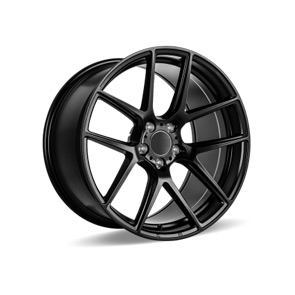clutch slave cylinder hydraulic line
Understanding the Clutch Slave Cylinder Hydraulic Line
The clutch slave cylinder hydraulic line is a crucial component in the operation of a manual transmission vehicle. It plays a vital role in the functionality of the clutch system, allowing for smooth gear shifts and control over power transfer from the engine to the transmission. Understanding this component involves looking at its construction, function, and the common issues that may arise.
What is a Clutch Slave Cylinder?
The clutch slave cylinder is part of the hydraulic actuation system that engages and disengages the clutch when the driver presses the clutch pedal. It is typically located on the transmission and operates with the clutch master cylinder. When the driver presses the clutch pedal, the master cylinder generates hydraulic pressure, which travels through the hydraulic line to the slave cylinder. This pressure forces the piston inside the slave cylinder to push the clutch fork, disengaging the clutch from the engine.
The Importance of the Hydraulic Line
The hydraulic line is a critical link in this system, as it carries the hydraulic fluid (usually brake fluid) between the master and slave cylinders. The hydraulic line must be free of leaks and blockages to ensure that the pressure generated by the master cylinder reaches the slave cylinder effectively. Any issues with the hydraulic line can lead to a range of problems, from hard-to-shift gears to complete clutch failure.
Common Issues
Several common issues can arise with the clutch slave cylinder and its hydraulic line
clutch slave cylinder hydraulic line

1. Fluid Leaks Over time, seals and connections can wear out, leading to fluid leaks. A loss of hydraulic fluid can result in a soft clutch pedal, making it difficult to engage or disengage the clutch.
2. Air in the System If air enters the hydraulic line, it can compress under pressure, creating a spongy feel when the clutch pedal is pressed. This can severely impact the performance of the clutch system.
3. Clogged Lines Debris or wear can lead to blockages in the hydraulic line, preventing fluid from flowing freely. This can result in poor engagement of the clutch and difficulty in changing gears.
4. Worn Components Over time, the slave cylinder itself can wear out. A failed slave cylinder may cause the driver to experience a complete loss of clutch function, making it impossible to shift gears.
Maintenance and Replacement
Regular maintenance of the clutch hydraulic system is essential for optimal performance. Checking the hydraulic fluid level, inspecting for leaks, and bleeding the system to remove any air are critical maintenance tasks. If any issues are identified, it is wise to replace the faulty components as soon as possible to prevent further damage.
In conclusion, the clutch slave cylinder hydraulic line is a vital part of a manual transmission vehicle's clutch system. Its role in transmitting hydraulic pressure cannot be overstated, and understanding it can help drivers recognize symptoms of potential issues. Regular maintenance is key to ensuring the longevity and reliability of the clutch system, keeping the vehicle running smoothly.
-
Upgrade Your Vehicle with High-Quality Handbrake CablesNewsNov.01,2024
-
Optimize Your Bike's Performance with Quality CablesNewsNov.01,2024
-
Enhance Your Vehicle's Performance with Quality Clutch ComponentsNewsNov.01,2024
-
Elevate Your Vehicle's Performance with Quality Throttle CablesNewsNov.01,2024
-
Elevate Your Vehicle's Performance with Quality CablesNewsNov.01,2024
-
Affordable Solutions for Your Cable NeedsNewsNov.01,2024
